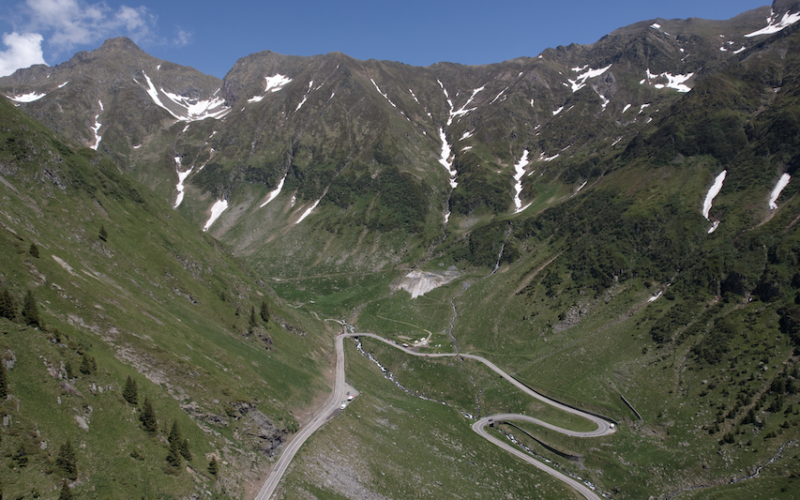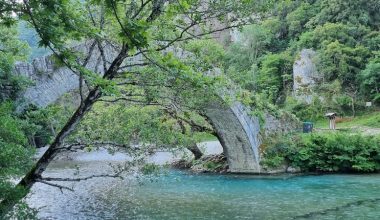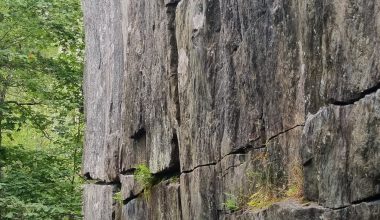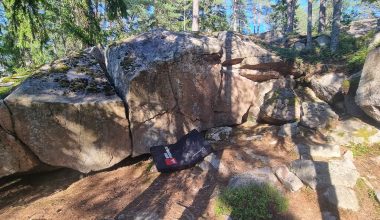One of the world’s most beautiful roads is located in Romania, the Transfăgărășan Highway, also known as the DN7C
A Road Born of Necessity
Constructed in the early 1970s during Nicolae Ceaușescu’s regime, the Transfăgărășan was initially built as a strategic military route. Stretching 90 kilometers (56 miles), it connects the historic regions of Transylvania and Wallachia, running from the village of Bascov in Argeș County to the town of Cârțișoara in Sibiu County.
The highway climbs to an altitude of 2,042 meters (6,699 feet), making it the second-highest paved road in Romania.
Scenic Wonders
Every twist and turn of the Transfăgărășan reveals stunning natural beauty. The road passes by the serene Vidraru Lake, a reservoir created by the impressive Vidraru Dam, which itself is an engineering wonder. At the road’s highest point, the Balea Lake, a glacial lake, greets visitors with crystal-clear waters surrounded by rugged peaks.
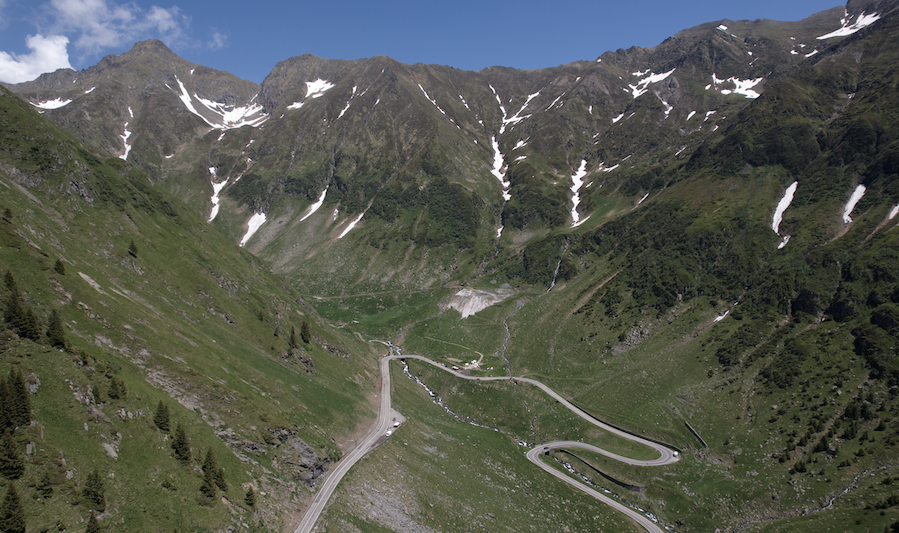
A Seasonal Road
Seasonal Road
Due to heavy snowfall, it is typically open only from late June to early October
It’s important to note that the Transfăgărășan is a seasonal road. Due to heavy snowfall, it is typically open only from late June to early October. During these months, travelers can fully experience the splendor of the Făgăraș Mountains and the lush landscapes that characterize this region of Romania.
Bears All Around
The area is well known for the high number of bears around. They will stay near the road begging for food.
The rules of good coexistence
Never give food to begging bears! Your kindness drives them away from the forest, and makes them addicted! A human-fed bear is a dead bear, because it loses the ability to feed itself, may become aggressive, and will eventually be shot or, at best, relocated to unknown territory.
I first thought that there were too many bear in this zone, and looking on the road website, this is actually not true, this is what they say
There are natural mechanisms that keep the bear population at an optimal level, and the belief that their numbers are too high is false. The genetic census of bears in Făgăraș, for example, one of the areas considered to have too many bears, showed that the number of those in the east of Făgăraș Mountains, Piatra Craiului, Iezer-Păpușa and Leaota Mountains is 283 bears, 137 females and 146 males, and through statistical modeling the population density was estimated at 17-18 bears/100 square km. The count of bears, as it is officially done, at the level of hunting grounds or national park, is not correct, because frequently the same specimen was recorded several times, on neighboring hunting grounds.
Their website is very interesting!
